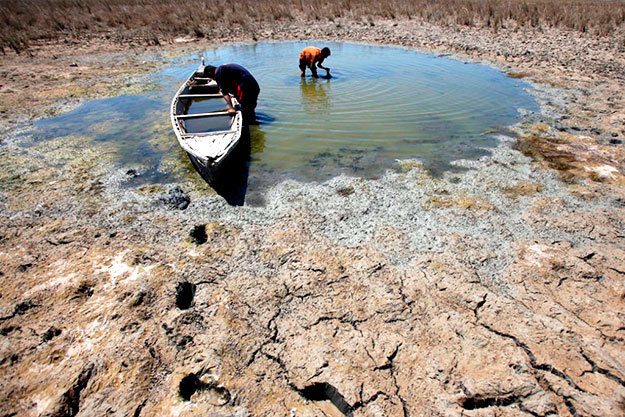Ensuring water security is seen by many as an urgent challenge that could threaten the lives and livelihoods of billions of people if not addressed. Loucks (2011) projects that the population in water-stressed countries will increase from less than one billion people in the mid-1990s to four billion people in 2050.
Mekonnen and Hoekstra (2016) estimate that four billion already face extreme water scarcity when seasonal and inter-annual variations in water availability are taken into account, implying that more than half the world’s population may currently face water insecurity driven by resource scarcity. In addition to the direct impact of scarcity on security, water shortages and disruptions may also contribute to traditional security threats (Hartley et al., 2017; UN Water, 2013). Concern with water security is reinforced by the appreciation that the impacts of climate change on people will be felt first and most strongly though the water cycle (Stern, 2007).
Water security was first articulated as a policy challenge at the World Water Forum in 2000 in the United Nations Ministerial Declaration of The Hague on Water Security in the Twenty-first Century and it has remained on the agenda of international organisations since then. Extreme weather events such as Hurricanes Harvey and Sandy, and Australia’s Millennium drought have brought water security for large urban populations onto the front page and up the policy agenda at the national and local levels (Dijk et al., 2013; Rosenzweig and Solecki, 2014). Water risk, the corollary of water security, has also become an established boardroom subject: it has been consistently cited by the World Economic Forum as a critical risk for businesses and in 2015 it was identified as the global risk likely to have the greatest impact on economies, environments and people (World Economic Forum, 2015). Read more


